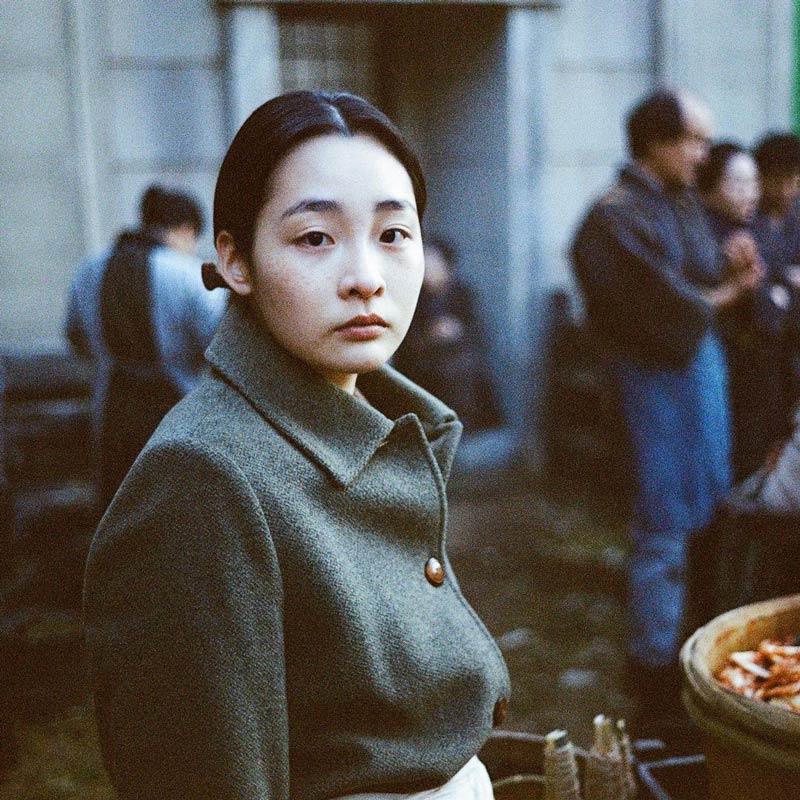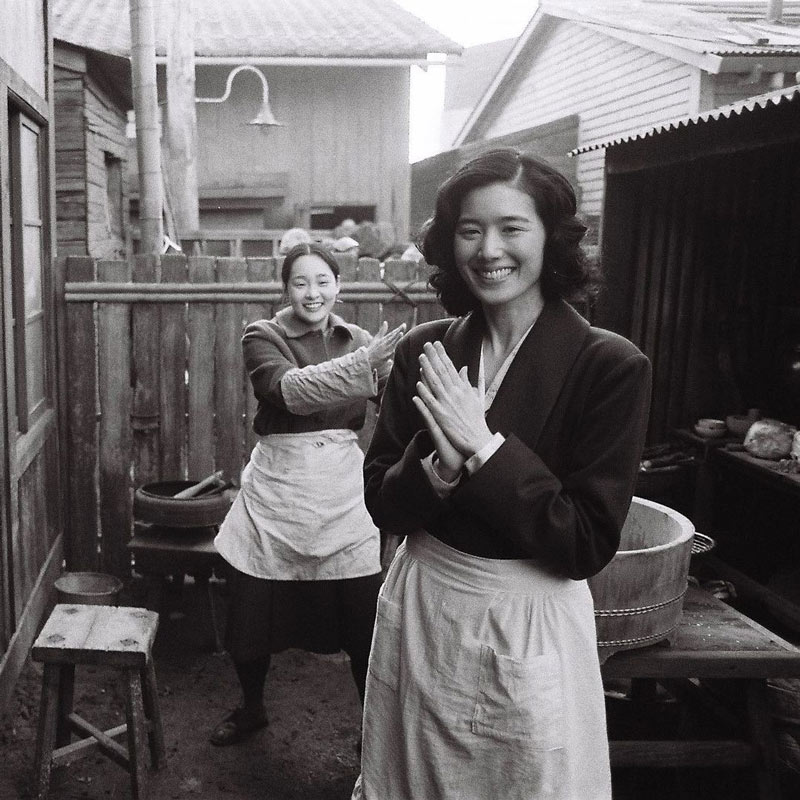In an era when period dramas embody a more-is-more aesthetic and subvert history (read: Bridgerton), Pachinko–the series adaptation of Korean American author Min Jin Lee’s book of the same name–buckles down on historical fidelity. The narrative is sensitive as it hinges on the period when Japan colonised Korea (1910-1945) and as a result the story unfolds in both Korean and Japanese. The show follows the lives of a Korean family across four generations, three countries and eight decades. From kimchi carts littering markets in 1900s Busan to the coarser white rice that was found in Osaka in the 1940s; Soo Hugh, the Korean American showrunner pays attention to the minutiae.

Presently streaming on AppleTV+, the eight part series features popular Korean actors like Lee Min-Ho and Youn Yuh-Jung as well as relative newcomers like Minha Kim and Jin Ha as characters from the Zainichi community, a term that refers to the Korean diaspora in Japan. Unlike the glamour sold by Korean bands BTS and Black Pink, and the high octane romance packaged in infamous K-dramas, Pachinko reveals a lesser known and politically scarred history of Korea. Through each episode, the story cuts across eras, moving from the protagonist Sunja’s early life in a rustic fishing village in Busan to her grandson Solomon’s Wall Street-dictated greed in industrial New York and Tokyo.

The show is charmingly named Pachinko after a traditional arcade-style gambling machine; Sunja’s son eventually pulls the family out of poverty by running one such gaming parlour in Osaka. “Since the story went back and forth so much, I spent months studying old photographs and books to ensure the realisation is as close to history as possible,” says Kyunghwa Chae, the show’s costume designer. It is late evening in South Korea when we talk over Zoom and Chae’s soft features are accentuated under a yellow lamp as she continues. Most of the team was very globalised whereas Chae was raised in Korea and so often dipped into her own experiences for inspiration.

During colonial rule, the Japanese also exerted control over how Koreans would dress. In ancient Korea, the colour white represented purity and innocence, and held great religious significance. When the Japanese forbade Korean women from wearing white hanboks, the nationals adorned the colour as a symbol of resistance. In an attempt to portray this effort, Chae often dresses the characters in Pachinko in shades of beige and cream. She is careful to mention that they never used the starchy white we see today to stay true to the textured organic dyes that Koreans used in the 1910s as opposed to modern synthetic dyes.

Although the Japanese forced Korean men to get rid of their long hair, in the first episode, we see Byung, a fisherman wearing his hair in a top knot while the other men of the village had shorter styles. Turns out, the hair and makeup artists made this decision consciously to highlight the fisherman’s rebellious spirit and overt protest against colonisation. In this period, Sunja is a mere adolescent, easily excited by swimming lessons in the lake and visits to the bustling fish market with her father. She is yet to come to terms with her conflicted political identity and Chae captures this energy in Sunja’s delicate wardrobe. The young protagonist is dressed in lilac, cerulean blue and other water colour-hued hanboks–traditional Korean attire that is cinched at the waist. Her hair is gently held together with ribbons made from scrap fabric. “I ensured Sunja’s hanboks at this time looked a little wrinkled to highlight that she was a playful child who spent a lot of time outdoors,” the costume designer points out.
View this post on Instagram
Chae masterfully uses dress as a tool to support the changing narrative throughout the show. As a grandmother living in Osaka, Sunja is seen wearing brown knit sweaters over white button-down shirts, midi dresses with soft ruffles at the hem and even baggy sweatshirts, all suggesting signs of relative affluence, modernity and westernisation. Also, the contrast between Sunja’s agile and astute personality and her sister in law Kyunghee’s more privileged and sophisticated lifestyle is emphasised through visual representation. Newly married and pregnant, Sunja is seen in blue and brown hanboks with braided hair and often a traditional jacket. In contrast, Kyunghee wears her hair down and dons floral patterned dresses, trench coats and body hugging skirts that gently graze her calves.

I was also struck by how the costumes of the male and female characters were in conversation with each other. “Since men were the primary breadwinners, they had more social mobility. They travelled between countries for work and so their style was Westernised a lot quicker,” says Chae, explaining why many of the male leads including Isak, Solomon and Hansu were styled in suits. On the other hand, women were restricted to their homes and depended on their partners for financial sustenance, as a result only upper class Korean women wore Western clothing in the early 1910s.

While Pachinko is Chae’s first American project, she has built an extensive repertoire of Korean dramas over two and a half decades as a costume designer, including the globally renowned political thriller series Kingdom. Even as a child, Chae was drawn to fashion; she would spend her days playing dress-up in her mother’s winter coats and often stitched clothes for her dolls using leftover fabric. Still, she reveals that Pachinko quickly became one of the most special projects she has worked on. “When I read the book, I immediately fell in love with the story and knew I would be perfect to bring the characters’ costumes to life. More than anything, it narrates a very important segment of Korean history and I was excited to be a part of that,” she reveals.






